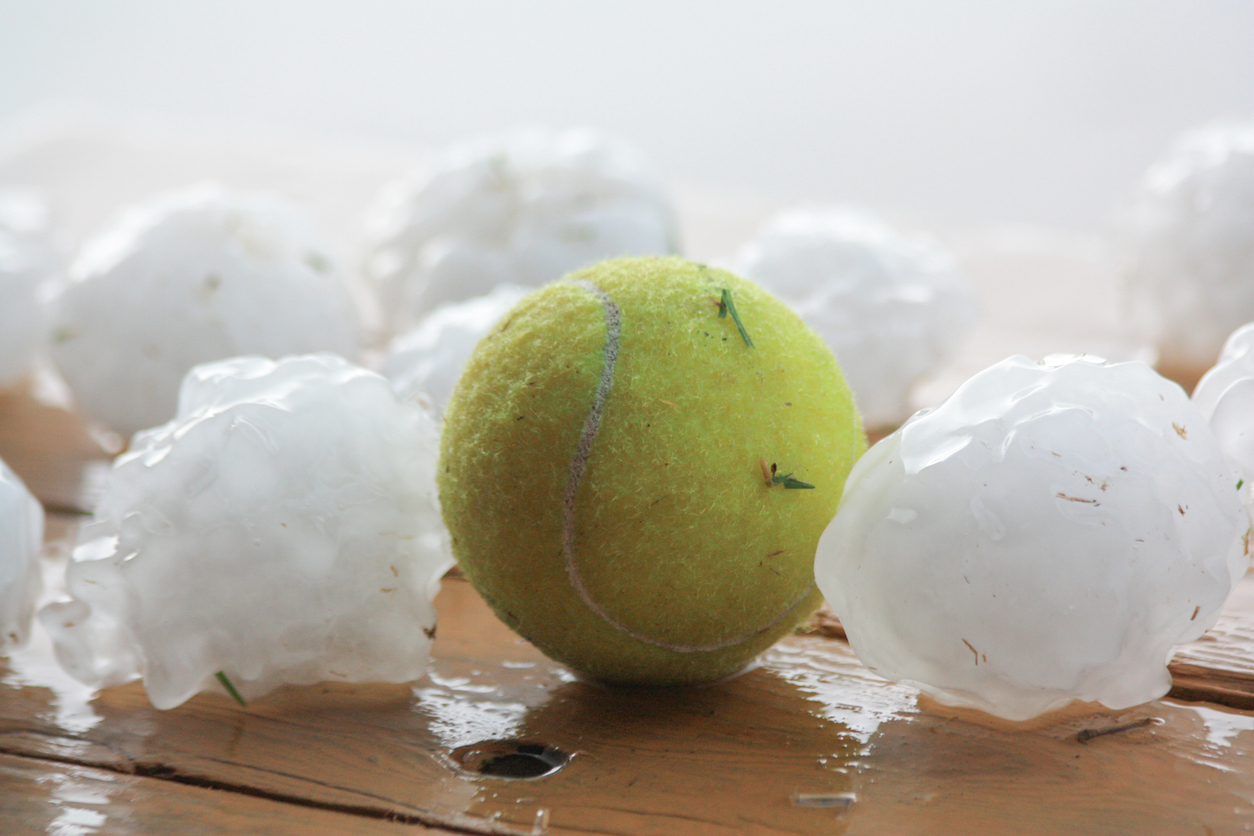Introduction: Summer is upon us. Swimming pools will soon call like mythological Sirens. But whether you already have a home swimming pool, are planning to build an in-ground pool or are planning to purchase an above-ground pool for this summer’s fun in the sun, insurance coverage for personal injury liability and property damage should be considered. Check your policy.
From Memorial Day (May 26, 2018) through Labor Day (September 3, 2018), the USA Swimming Foundation, a United States Consumer Product Safety Commission partner, reported that 148 children under the age of 15 were fatally drowned in swimming pools or spas.1 Texas and Florida tied with the same, highest number of those fatalities.2 Although the number of fatal drownings was down by 9% from 2017, drowning remains the leading cause of unintentional death for children ages one to four.3 These statistics support the need for the following general information regarding a homeowner’s insurance and swimming pool coverage.
1). Does a standard homeowner’s policy provide swimming pool coverage?
Liability Coverage: The short answer is “yes,” a standard homeowner’s policy can cover a swimming pool. Typically, there is liability coverage for injuries sustained in a homeowner’s policy for up to $100,000 in Coverage A which would help cover bodily injury, medical expenses and legal fees. However, not all insurance companies will cover a swimming pool unless there are certain safety procedures which include a fence with a gate lock. Pool alarm systems are also in vogue. And some insurance companies will not offer insurance to cover a swimming pool if it contains a diving board or pool slide and the insured may have to sign an exclusion to that effect. Thus, liability coverage may be excluded if certain safety items are absence—a fence and gate lock—or if certain items are present—a diving board and/or pool slide.
If more liability coverage protection is needed for peace of mind than the typically $100,000 in coverage an umbrella policy can be purchased. An “umbrella policy” will provide additional liability protection to a homeowner’s policy limits—generally $1,000,000—when a standard homeowner’s policy will not cover all the expenses associated with a serious accident. Umbrella policies kick in when all of the funds from the homeowner’s policy for the claim have been exhausted. If an insured does not need that much additional coverage provided by an umbrella policy, then an insured can just simply increase the liability portion of the policy to $300,000 which is the suggested amount by the Insurance Information Institute or increase the amount to $500,000 which would cost approximately $50 or $75 per year but that increase may give an insured the ability to enjoy their swimming pool more with peace of mind.
Property Damage Coverage: In some situations, property damage to the pool is also covered for the same types of damage that generally covers the home—wind, hail, fire, hurricanes and tornadoes. For example, if a windstorm causes a tree to fall and it damages the pool’s surface or cracks the concrete or patio furniture is blown into the pool and tears the liner, most homeowner’s policies will cover the cost to repair such property damage for in ground pools and is found in Coverage B which is the “other structures” portion of the policy and for above ground pools damage, coverage is found in Coverage C the “personal property” portion of the policy. “Other Structures” refers to detached building generally which provides coverage for replacement cost. However, “Other Structures” that are not buildings, such as pools, are generally covered for actual cash value, like personal property and which takes into account depreciation and age. There, the insured will not get what the item was originally worth. A homeowner’s policy would likely not cover damage for cracks in the pool caused by “ground movement” just like it would likely not cover foundation damage cracks in the home caused by “ground movement.”
2). How much does pool insurance cost?
Because a pool is both an additional investment and an additional risk, it does raise the cost of a homeowner’s insurance premium. Thus, insurers naturally will assess the policy as a higher risk for a pool which results in a higher premium, but even so, adding insurance coverage to a homeowner’s policy for a swimming pool is usually affordable. Like any type of insurance, the key to keeping the cost of the premium down is by making claims unnecessary in the first place.
An insured’s specific cost depends on several things, like the insured’s location, limits and insurance provider. Generally, however, the “Other Structures” cost is ten (10) percent of the dwelling coverage number. For example, if the home is insured for $300,000, the “Other Structures” cost is $30,000 (obviously). If 10% is not enough insurance, an insured may want to add a cost increase That percentage number can be raised easily and is not that unaffordable. A simple phone call to an insured’s insurer can answer the question of how much it costs to add swimming pool insurance.
3). Is the homeowner/insured liable if someone is injured while using the pool without permission?
Short answer: No, so long as the insured has not been negligent. If a person goes “pool hopping” and gets injured while using the insured’s pool without the insured’s permission, the insured is likely not going to be liable and responsible for the person’s medical bills. But, whether the insured is liable depends on whether the insured has been negligent such as accidentally leaving the fence gate unlocked or not repairing a hole in the fence which allowed unauthorized access to the pool. However, the insured would probably not be liable if a neighbor’s child climbed the fence—trespassed—to get into the pool and then injured himself or herself. Thus, having liability insurance for a pool is a must if medical bills, and related costs such as attorney’s fees are to be avoided.
4). Does homeowner’s insurance cover pool leaks?
The short and simply answer is “no” if the leak and resulting damage was not caused by a covered peril such as a windstorm, hail, hurricane or tornado. In other words, the policy will not cover damages caused by wear and tear and/or lack of maintenance. In such cases, the insured has to pay out of pocket for the repairs and leak cleanup.
Pool related accidents can be fatal financially without proper insurance coverage. Bottom line as summer fast approaches, be wary of the liability that having a swimming pool represents. Check your policy before you dive in and if more coverage is needed, call your insurance company today.
______________________________
1 See https://www.cpsc.gov/Newsroom/News-Releases/2018/Latest-Pool-Safely-Statistics-At-Least-148-Children-Fatally-Drowned-in-Pools-and-Spas-this-Summer; United States Consumer Product Safety Commission.
2 Id.
3 Id.



